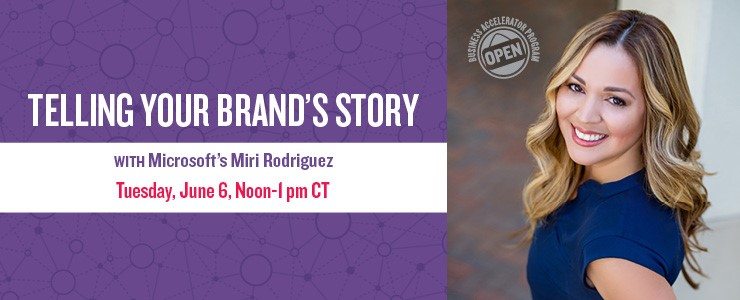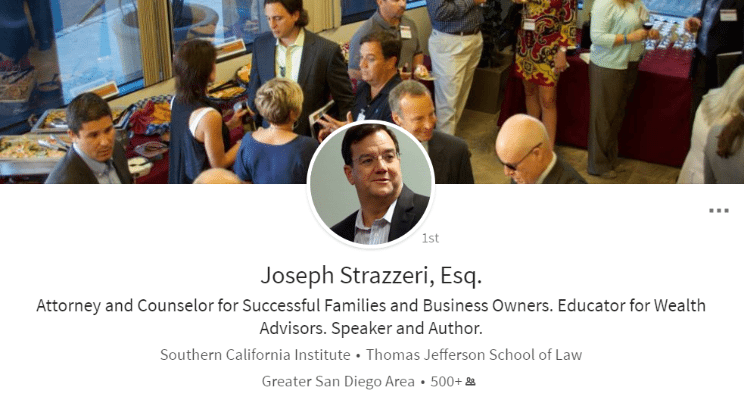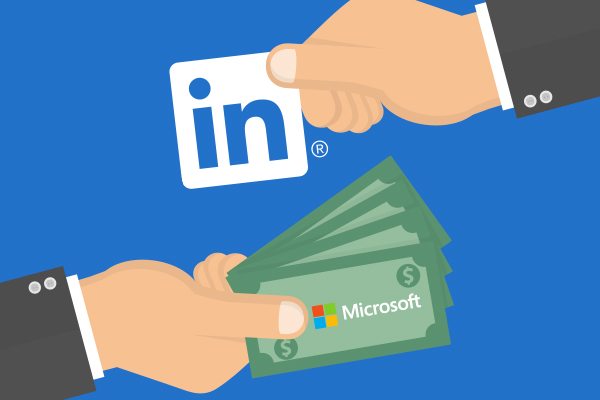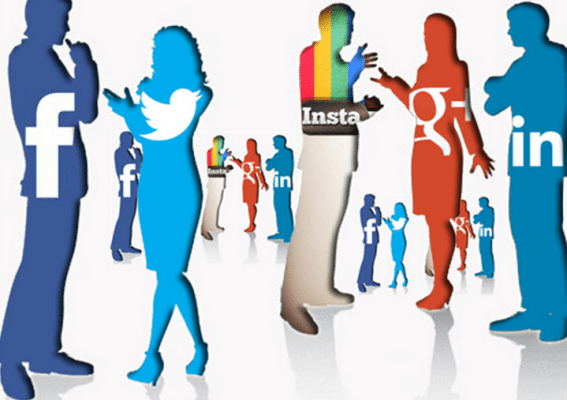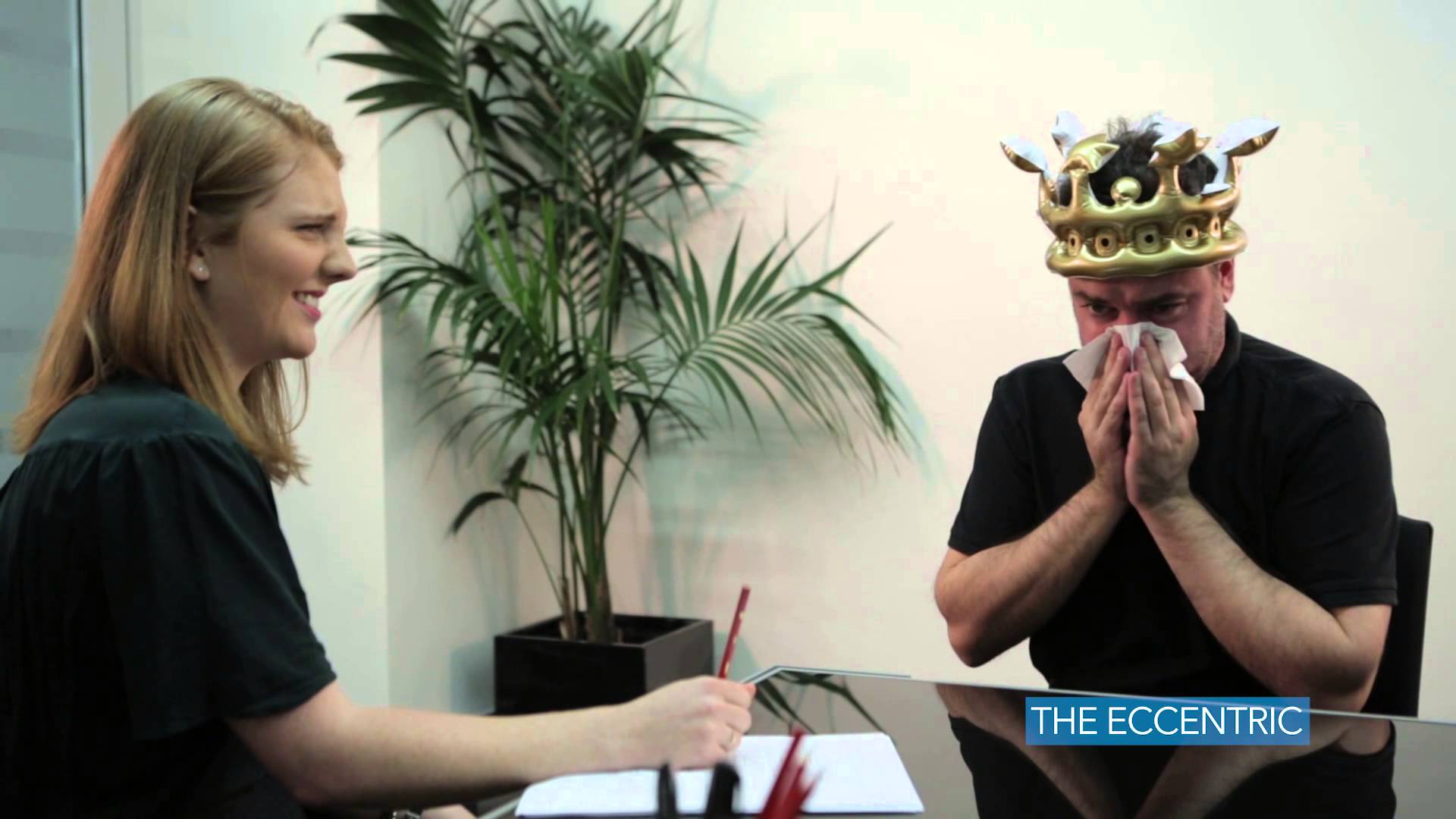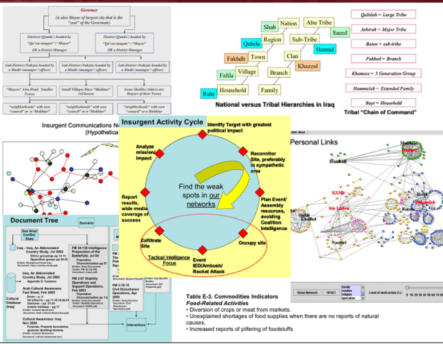Recently we hosted my good friend Miri Rodriquez from Microsoft at Business Accelerator Webcast sponsored by American Family Insurance — and we learned a lot!
Miri recently shifted roles at Microsoft; from Social Media to Storyteller. Would we even think that this – Storyteller — would ever be a corporate position, and at Microsoft? This digital world really grows in fun and crazy ways! I believe she said Microsoft employs over 1,000 Storytellers.
It might seem easy and cool, but remember she had to switch from Social Media to Storytelling, which meant moving to a much more technical gig. Miri literally has to work with engineers and determine the best way to tell their story.
Let’s share a few simple things we learned from her:
1. They really love to humanize the brand by sharing stories of achievement, and that’s a move I really like. What’s more, they don’t just share the glory, they share all the up’s and downs, keeping it real and totally authentic. Kudos to Microsoft. They talk about Movement, Heroism, Betterment and Destination. If you who know me you also know that I am all about the destination! So remember to keep the story real, make sure to talk about all of it, ranging from your challenges to your wins.
2. Another key learning for all of us is to stay consistent through personality, tone and purpose; yes, purpose. I like this, we talk about it all the time, but think about sticking to this when at a company the size of Microsoft! When we at @ForwardProgress work on social media accounts, we practice this consistency and integration, and we have a guide for each client on this topic. Microsoft has a platform-based guide that dictates these guidelines and it is the responsibility of the Storyteller to actually read and understand any updates before the next story. Big lesson we can all earn here! Easy, practical and effective.
3. Remember to build assets and share them on all channels. There are several ways to do this. You can build assets like video on YouTube and connect networks by sharing from one Social Network to another so that you can drive new users to your story. It’s really that easy.
4. Remember to include influencers: just like we are telling a story here about Storytelling and connecting Miri, Microsoft, American Family and our brands, you can do the same thing. The goal is to tell your story and include others, don’t go it alone. As you develop your brand, celebrate it with others and allow them to celebrate it too. Remember the other key factor of transparency, notice that Miri has it listed three times above.
Summary with Bonus
To summarize, make sure you know your story; you can even test it with others and get feedback. Then once you have it, “Tell it Well”; it shapes your personal brand and you as a professional. Remember to build some guidelines and content to share, learn and build as you go. Also, remember to tell REAL stories of REAL people and how your company or you helped them achieve their goals. Lastly, don’t go it alone, ask others that care about your mission for help. If you are part of our Social Jack members, use your Social Team, and make sure you put it out there! I will add one thing [it’s the bonus!] as I am going through this myself now: once you land on your story, update your Social Media profiles! Do not forget!
If you would like to see a copy of this broadcast, please see the link below in the Business Accelerator Event Center. You can also get access to hundreds of other articles and previous recordings.
Access to recording:
I hope you found this as useful as I did, see you online soon!


